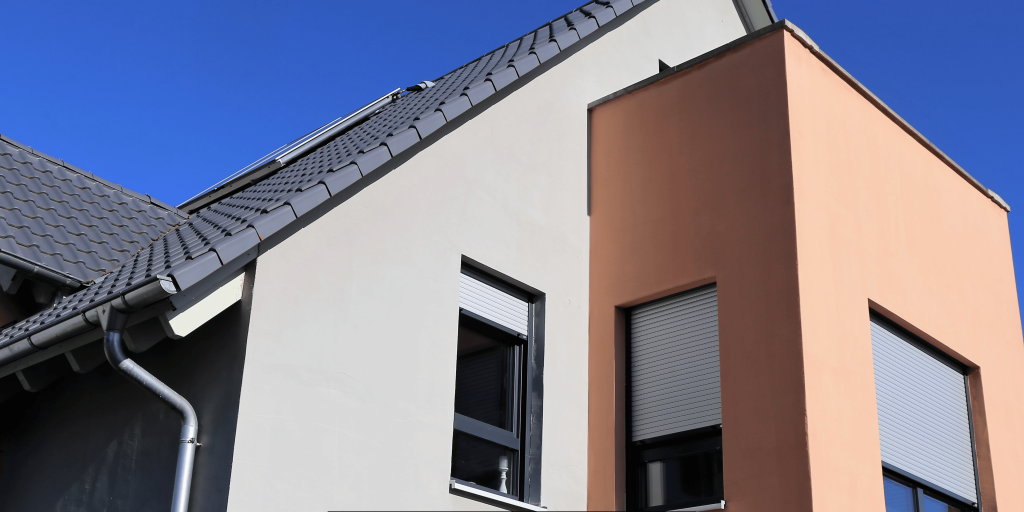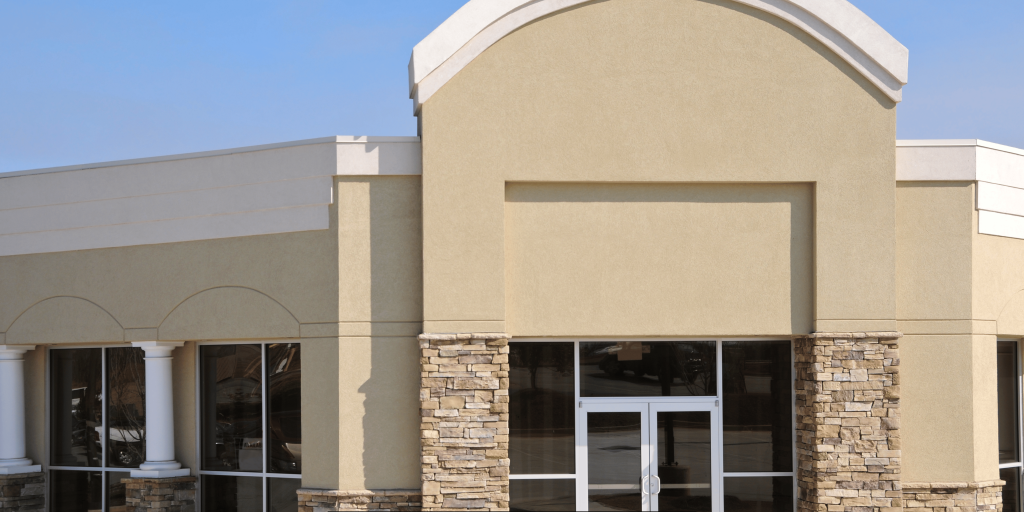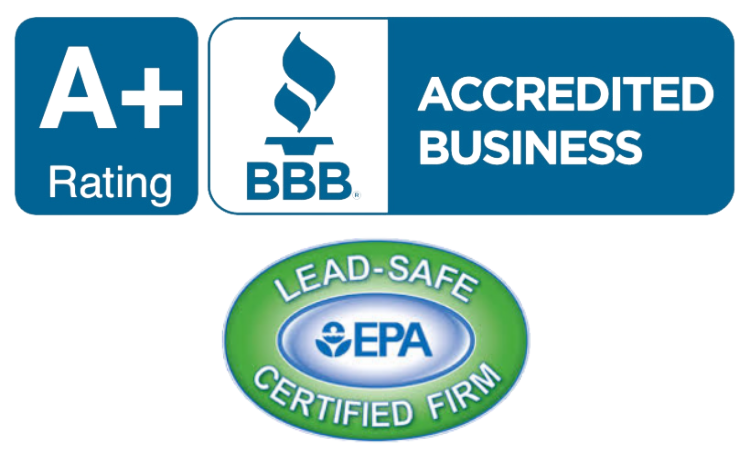Introduction
There is a common misconception that commercial painting services are more expensive compared to those for residential buildings. But is it so? The following are common causes of painting costs for homes and buildings. By looking at these factors in more detail, it will be easier to define how prices usually differ between commercial and residential painting services.
The Major Cost Factors That Affect Residential Painting Include:
Size of Home
One of the factors that significantly influences painting costs is the size of the home. Of course, houses with more rooms, walls, and trim, will take more time, labor, and materials to complete. The time it takes to paint a home is affected by the size of the house because large homes will take longer to be painted and will also require more supplies and even man hours.

Number of Rooms
Like the home size, the number of rooms with surfaces that need to be painted also impacts costs. A house with three bedrooms and two bathrooms will probably be less expensive to pain than a house with six bedrooms and five bathrooms. Larger rooms mean more time and paint to cover the area.
Type of Surfaces
The type of surfaces that need painting will be a big determinant of price. Smooth drywall is considered the least expensive surface to paint since it does not need much preparation, and the paint adheres well to it. Plastic, metals, wood, brick or stucco, and other textured surfaces must first be sanded, filled with holes or cracks, and then primed, making the costs a bit high.
The Type and Quality of Paint
Another determinant of painting cost for homes is the specific type and quality grade of paint being used. Paint grades include economy, standard, premium, and their subcategories; economy paints are generally suitable for residential applications. Specialty coatings such as lacquers or high-performance exterior grades are pricier.
Considerations of Cost for Commercial Painting
Building Size and Layout
Like in residential buildings, the overall size of the commercial space impacts the painting costs significantly. Larger offices, warehouses, retail spaces, etc, need much more materials and take longer than smaller buildings. Another factor that increases the cost is the complexity of the building plan and layout.
High Walls and Ceilings
Business construction sometimes has taller walls and ceilings than those crafted in residential construction. These hard-to-reach areas require ladders and scaffolding, which increases the cost of painting commercial buildings.
Specialized Coating Requirements
Unlike most residential buildings, many commercial buildings need special protective and decorative coatings. Anti-microbial paints for hospitals/clinics, chemical resistant paints for factories, and vapor permeable paints for warehouses and other storage areas are more costly than regular paint used for residences.

Normal Business Hours
Generally, most painting jobs in commercial buildings must be done at odd times because they cannot interrupt day to day business. Working at night and on weekends is usually more expensive because painters are paid more for overtime, and the cost of lighting at the construction site is higher.
Comparison of Costs: Residential Vs. Commercial
A comparison of all the costs involved will reveal that, overall, the costs of commercial painting are higher than those of residential painting. The greater area to be covered, unique coatings, additional tools/equipment for high ceilings, and limited working hours during the day also make commercial painting more costly than simple house painting.
However, the price is always unique depending on the details of the particular project. For instance, applying specialty finishes on a huge luxurious house might be more costly than when refreshing some coatings on a small office block. It is essential to note, however, that overall, the average job cost for commercial painting is higher than that of the residential.
How Business Painting Projects Help in Cutting Costs
While commercial jobs involve unavoidable extra expenses, project managers can employ a few strategies to keep costs in check:
• Paint in sessions – Paint one part of the wall or the floor at a time
• It is preferable to schedule most of the overnight/weekend work so that there is little-to-no overtime work
• Employ lift equipment instead of complex scaffolding when possible
• Ensure that the paints used are standard, long-lasting quality products to increase the interval between maintenance
• Do it yourself and paint on your own rather than hiring painters for your home or office
So, there are certain inherent factors that increase commercial painting pricing, but businesses do have some strategies to reduce costs. With proper estimates and evaluation of the extra expenses that come with performing commercial painting work, it is possible for organizations to maintain their facilities in a professional and productive manner.
Conclusion
Analysing the specific cost elements between residential and commercial painting projects, it is evident that the latter entails a higher overall expenditure. More space, difficult areas to reach, special coatings, and work done outside regular business hours all translate to added costs in commercial areas. Nevertheless, through the awareness of these costs and employing cost-control strategies, the facility managers are in a position to better estimate and incorporate key commercial painting requirements. It is essential for businesses to plan adequately in order to meet their painting objectives within the required financial constraints.

